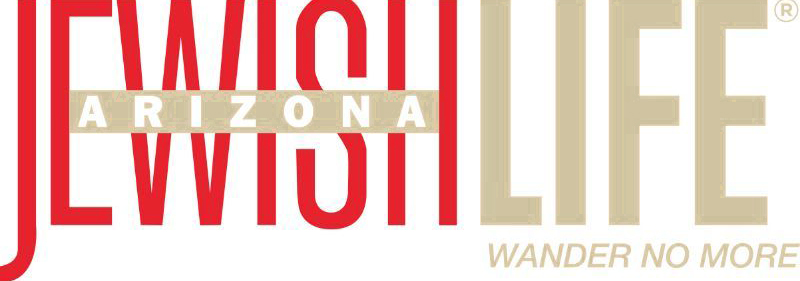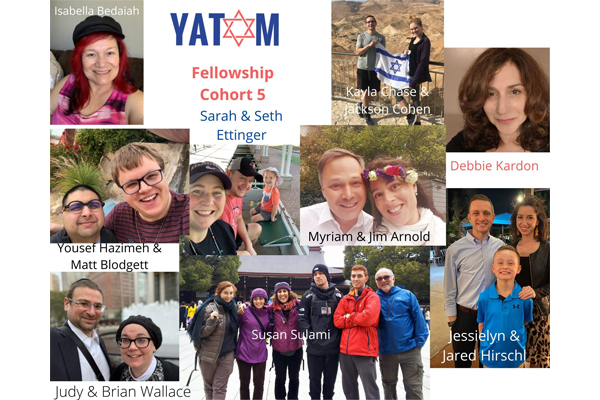Imagine being a young child who doesn’t quite learn the same way as other kids. Maybe you look at a word and two of the letters are reversed, or you have issues keeping your focus in key moments. It’s difficult enough to spend your days in a classroom with a bunch of kids who seem different from you somehow, but being called the “dumb” one and not quite getting what your teacher tells you is a real problem. But you’re not handicapped physically or mentally, you just learn things differently than other kids and you just need a little bit of extra help. If you got that, you could be someone great. If you’ve ever owned or used an Apple product, then you’ve used something that was at least partially developed by someone who may have grown up in a similar situation — former Apple CEO Steve Jobs. He lived with dyslexia, a learning disability that affects people differently, but can ultimately require extra time to learn the same things. There are lots of children affected by dyslexia today, as well as other learning disabilities that put them in a difficult category where they need special help to succeed. It’s a tough balance to strike.
New Way Academy was created to help children in just those situations. “It’s a learning difference. All it really means is that their brains are wired a little differently than a ‘typical’ brain,” says Abbey Ross, the executive director of New Way Academy. “Most of them will go on and do really incredible things, maybe even more incredible than the typical learner, if you will.” Although it’s not a Jewish-specific school, the student body does have quite a few Jews in attendance. “We have just an incredible population of Jewish students on our campus, and it’s something we really celebrate, and [we] intermix the diversity of our students,” says Ross. “I’d say maybe 35 … upwards of 40 percent of our students are Jewish.”
Samantha Hirsch is the director of admissions at New Way Academy. She thinks that people have different perceptions about what New Way is, and that’s not the case. “I feel that sometimes parents might think that New Way is a school for kids with really profound learning challenges, maybe low cognition or they have physical disabilities as well, things like that. That’s not really what New Way is,” Hirsch explains. “When you walk into [New Way Academy] classrooms, they look like typical students that you would see in your local public school. It’s just the way that they need material presented to them needs to be in a different manner.”
New Way exists because today’s public schools are overcrowded, and teachers there don’t necessarily have the ability to cater their lesson plans to specific students with special needs. “If you’re someone who learns differently or you’re not somebody who does well with direct instruction and needs to do things where they touch and see and feel what they’re doing, it brings on a whole different learning perspective for them,” Hirsch says. Ross adds, “When you’ve got a class of 35 students, how do you cater to the four, five — sometimes even more — kids that don’t learn the same way? That’s really what New Way is for.” The needs of each child can change as they develop as well. “Some kids might need a lot of support when they’re younger, and when they can transition through and get that support and actually they become their own advocate, they then know how they learn best.” That type of information is powerful for anyone, but particularly for a student who needs to learn differently.
New Way isn’t a new concept, either. It was started 44 years ago, and it’s helped hundreds of kids along the way. Class sizes can go all the way up to 12 students, but it can also be shrunk down to one-on-one for customized learning. Today there are just over 135 students in the K-12 school, and that small classroom size is a huge advantage for students who need that personal touch. Although it’s not necessarily the school for everyone, Hirsch feels that we all may know someone who could benefit from this type of environment. “It might not apply to you, but it might apply to your nephew or your neighbor’s child, or something like that.”
Some students come to New Way who have additional issues. “In addition to our academics, we also have speech therapy, reading therapy and occupational therapy on-site. So our kids who need those services get them during the day,” Hirsch says. This is huge for those who need it, because it gives them time after school to enjoy being a kid, instead of hustling from appointment to appointment. “When their day is done, their day is done and they get to go and do those sports programs and play with their friends,” Hirsch adds. “So you can imagine how that helps their self-esteem and their social skills as well.”
Once they graduate from New Way, the kids enter into college with the skills and confidence they need to succeed. But if they stumble or have problems making the adjustment, New Way has another option available. “A few years [ago] we discovered that there was a huge need in the community for students in college with learning differences, so we launched a second program called Bridgeway, which essentially bridges the gap from high school to college,” Ross says. This isn’t just for New Way students either, it’s for teens across the Valley, giving everyone the opportunity to do well. For the students who learn differently from the others, New Way Academy serves an important need. Without them, people who could grow up to be the next Steve Jobs could languish in a public school, their talents untapped. In fact, the entire concept makes us question the Apple slogan that appeared around the time that Jobs came back to the company in the late ’90s: “Think different.” That makes a little more sense now.






